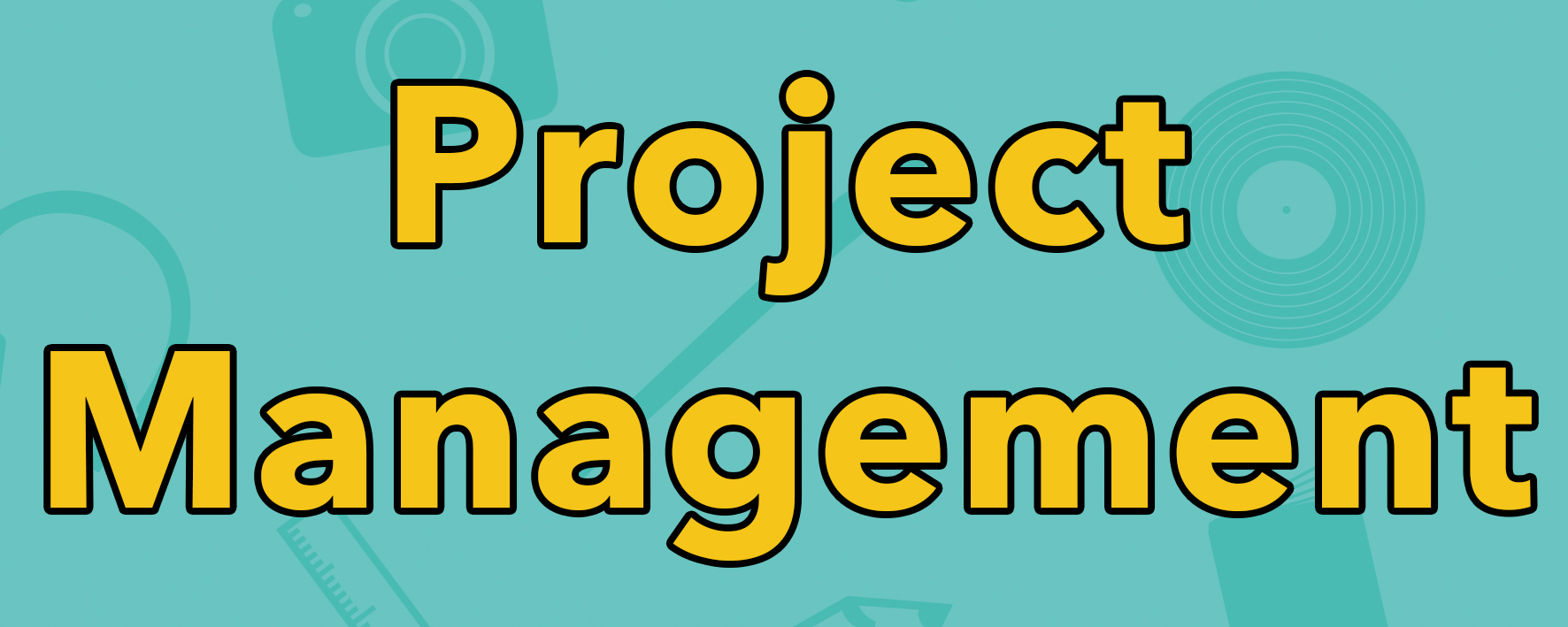Risk Management
There are risks associated with all projects no matter how prepared you may be. The best way to minimise risk is to develop a risk management plan or strategy.
The process of developing a risk management plan will assist you in identifying potential risks, so that you can put measures in place to prevent them.
Risk Management is a process designed to help prevent unnecessary costs and losses through the identification, assessment and monitoring of potential risks. Procedures and policies are put in place to minimise the impact of risk and to ensure that everyone involved has a clear understanding of what needs to be done should a problem occur.
In order for your risk management plan to be successful everyone involved in your project or business should be on board in planning and understanding the risk management strategy. Your business or project partners may be able to help identify and minimise risks in their respective areas, making your strategy much more comprehensive.
Through a process of breaking down the potential risks to a project and asking the following questions you will be on your way to implementing risk management practices.
For each risk identified (there’s probably a few!) ask yourself the following.
What is the risk?
A risk is anything that could undermine your ability to operate effectively or produce a successful project. It is important to remember that the risks for each individual project will be different so make sure you sit down and go through risk management before each new venture.
Examples of risks:
Financial and records management: Misappropriation of funds, loss of records
Property or equipment damage
Public Liability: Safety of the general public at events, etc.
Weather
Low attendance rates
Occupational Heath & Safety
Loss of staff: Potential to lose valuable contacts or information as staff members leave etc.
Who might be affected by the risks you have identified?
Think broadly about who these risks might affect, for example;
Customers or patrons
The general public
Sponsors or funders
Staff
What is the likelihood of the risk occurring?
Use a comparative approach to decide how likely each identified risk is. You can develop a scale to do this, for example, the points of your scale may be very low, low, medium, high and very high. As an example, if you are holding an event outdoors in winter, the risk of bad weather may be classified as ‘very high’.
What is the potential impact of the risk?
Consider what impact a risk may have if it were to eventuate. For example, if you were to hold an event in winter and there was a storm potential impacts could include fewer attendees or damage to equipment or products. Other risks may cause damage to your public reputation or evoke financial burden.
How can the risks be treated?
Once the preceding questions have been answered for each risk, you can start to think about how best to implement the control measures.
Although it may sound pessimistic, you should always plan for the worst-case scenario! Some risks might seem pretty unlikely, but it’s better to have a plan so that if something does go wrong, you’ll know how to handle it! This process will help you to minimise the time, money and effort you spend on dealing with small problems and allow you to focus on getting the best project outcomes for all stakeholders.
The way in which you treat a risk will depend on a number of elements; however, the following are common ways to treat risks:
Risk avoidance
Deciding not to undertake an action, due to the high likelihood of a risk occurring and/or the severity of its impact.
Risk removal
Removing the risk entirely by developing ways to work around it.
Risk reduction
Undertaking actions to reduce the severity of a risk should it eventuate.
Risk retention
Retaining the risk with full knowledge of future benefits and problems.
Risk transference
Transferring the risk to another party by contracting out an operation to or by purchasing insurance.
It’s a good idea to revisit your risk management strategy regularly and share it with anyone who may need to use it. There’s no point in having a formal risk management strategy that no one knows about or understands!
Risk assessment forms like the one below are a good way to stay on top of risks and give everyone a clear understanding of what needs to be done in all situations. Ensure that all paperwork is filed appropriately and review risk assessments as necessary.In addition to the risks you have outlined in your risk management plan any unforeseen risks that occur should also be documented and treated in the future.















